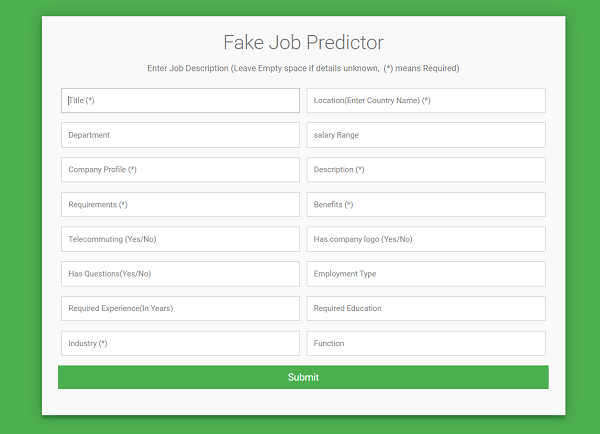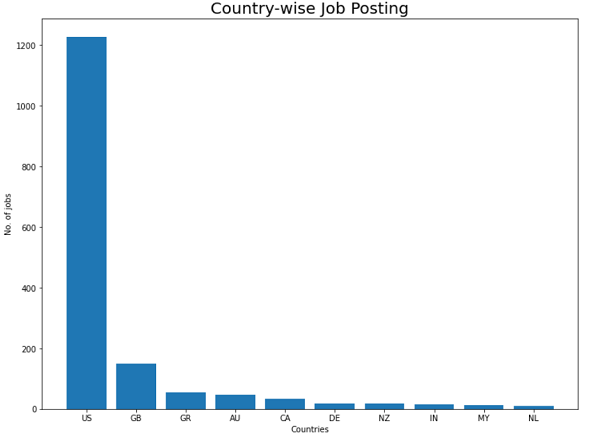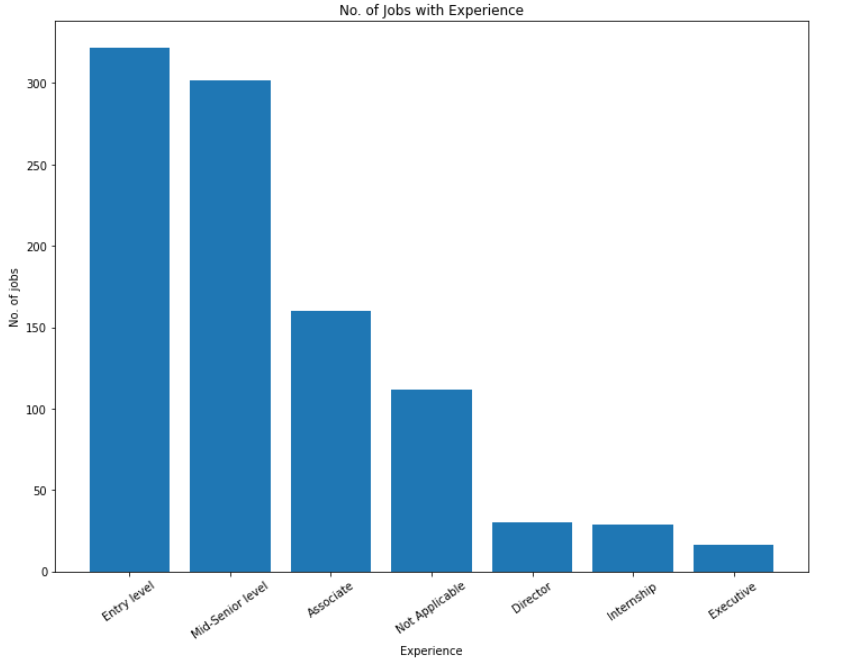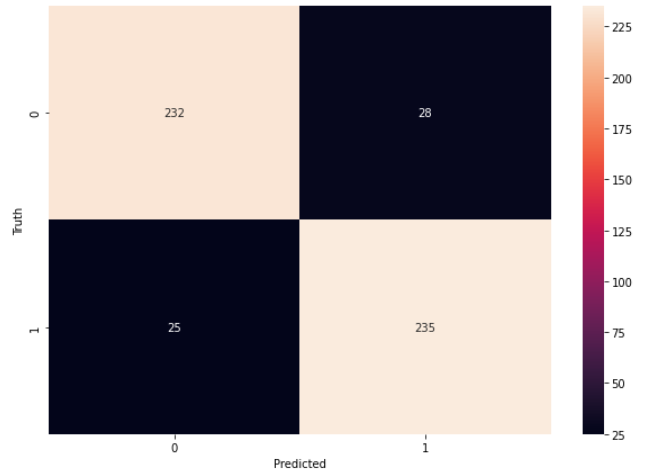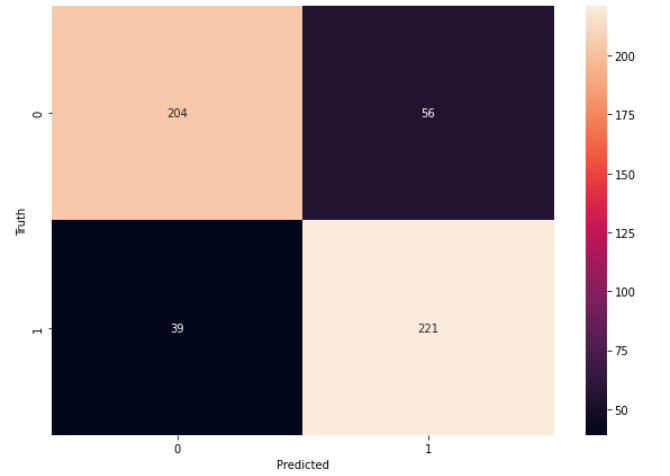Scammers advertise jobs the same way legitimate employers do — online (in ads, on job sites, and social media), in newspapers, and sometimes on TV and radio. They promise you a job, but what they want is your money and your personal information.
Fake-Job-Predictor is a python based machine learning model, which uses algorithms like the Naive Bayes algorithm and Decision tree classifier algorithm, to predict whether a posted job is fake or real. The model is deployed over heroku and can be viewed here.
Code for all the detailed analysis and model building can be viewed here.
- Numpy
- Pandas
- matplotlib
- Imbalanced-learn
- wordcloud
- Natural Language Toolkit
- Multinomial Naive Bayes (scikit-learn)
- Decision tree classifier (scikit-learn)
- flask
The Model uses Employment Scam Aegean Dataset (EMSCAD) , which can be viewed here.
In the first approach, Multinomial Naive Bayes,which is one of the most popular supervised learning classifications was used for the analysis of the categorical text data.
Classification Accuracy: 0.8980769230769231
Confusion Matrix:
In the Second approach, Decision tree classifier was used which classifies inputs by segmenting the input space into regions.
Classification Accuracy: 0.8173076923076923
Confusion Matrix:
